What is a Wash Bottle
A wash bottle is basically a squeeze bottle with a long bent beak, seen mostly in chemistry and biology laboratories. They are generally made of semi-soft plastic that gives away when pushed. This pressure on the bottle squeezes it and enforces the same amount of pressure on the liquid inside. The liquid then comes out speedily through the long thin nozzle.
Wash bottles are built for one main purpose ‒ to wash lab glassware. Beakers, test tubes, flasks etc. are often hard to wash in the sink due to their shape and size. Also, the sink supplies just tepid water, not any specialized washing liquid like distilled water or ethyl alcohol. You have to use a wash bottle in a laboratory for cases like this.
Physical Description
Wash bottles are generally cylindrical, with a screw-top head and a pipe inserted into the cap. The pipe is generally curved ninety degrees and has a very narrow nozzle on the tip. The pipe may or may not extend into the interior of the bottle, almost to the bottom. If it is so, then you can use the wash bottle while holding it upright. If not, you will need to tilt or overturn the bottle to get the liquid out.
Generally, wash bottles are made of polyethylene, which is a flexible material that does not react with most chemicals, least of all, solvents. Since the purpose of wash bottles is to squirt a strong solvent onto any chemical dirt or residue remaining in the glassware, this material is eminently good to store and use such solvents.
Wash Bottle Types
There are mainly three kinds of wash bottles you will find in most labs. These are:
- Standard Wash Bottle: These are the most common types of wash bottles and they are built as described above. The pipes in these bottles reach the bottom.
- LDPE Wash Bottles: These are transparent and thin, and have a long, soft nozzle that can snake into pipe-like glassware , like burettes.
- Self-venting Wash Bottles: Instead of a pipe through the bottle cap, these have short stubby pipes on the side of them. You don’t need to press them to drop the liquid, you just tilt the bottle. Hence, you can carefully control the flow of the solvent as well.
Apart from the above, wash bottles are available in various sizes, from 100-125 ml to 1000 ml volumes.
Wash Bottle Solvents
Examples of solvents used in wash bottles: deionized water, detergent solutions, rinse solvents such as acetone, isopropanol or ethanol, or sodium hypochlorite solution in the case of biology labs. That is because bioscience labs often deal with things like lipids and gram-negative bacteria etc, which aren’t much responsive to most solvents other than sodium hypochlorite.
Wash Bottle Color Codes
Since the same laboratory may use multiple types of solvents for washing glassware and plasticware, ready-made wash bottles come with coded colors on their bottle caps. This coding scheme is standardized more or less around the world. The color code is as follows.
- Red ‒ acetone
- White ‒ ethanol / sodium hypochlorite (they are almost never used in the same lab)
- Green ‒ methanol
- Yellow ‒ isopropanol
- Blue ‒ distilled water
In labs where different types of solvents are not used in wash bottles, you can keep only distilled water in white-capped wash bottles, according to this convention. You can use this color coding to identify the kind of washing liquid present in the bottle. It reduces the chance of mistakes.
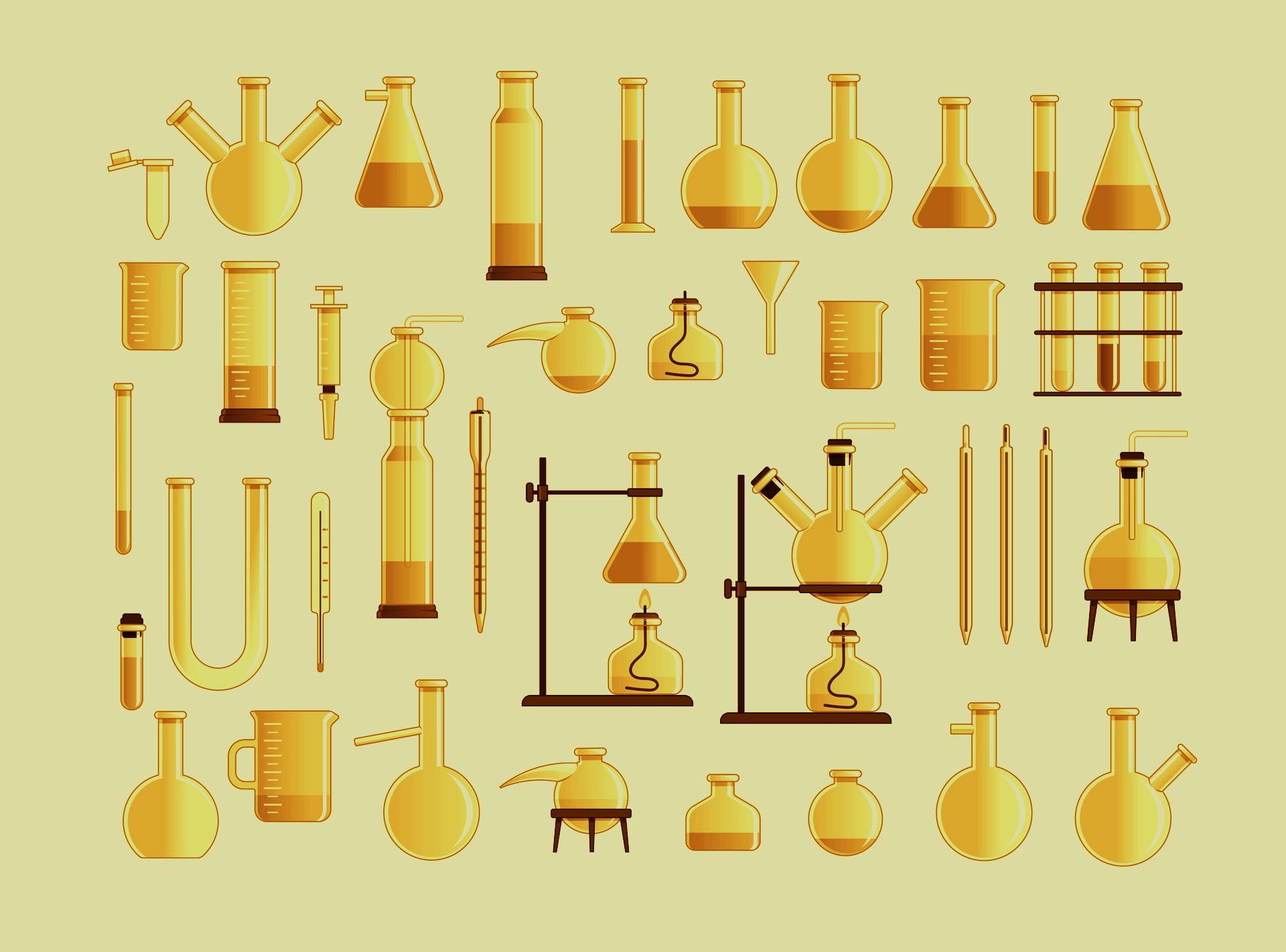
In wash bottles with solvents other than water, you will also see color-coded safety labels. Since most of those solvents listed above are highly flammable and/or poisonous, you should be extremely careful while using them. Never squirt liquid on a hot surface, try your best to not touch the liquid with bare skin ‒ and for crying out loud don’t try to drink it! Yes, even though it is just distilled water. These are the precautions to take while using wash bottles.
Labkafe supplies schools, colleges, and research institutions with various kinds of wash bottles ‒ mainly of Tarsons and Polylab brands. We have both color-marked and unmarked variations of wash bottles. They are very durable and dependable, and you can use them in your chemistry and biology labs easily. You are bound to get some kind of wash bottles in our lab packages , do check out the lab equipment list to make sure you have what you need.
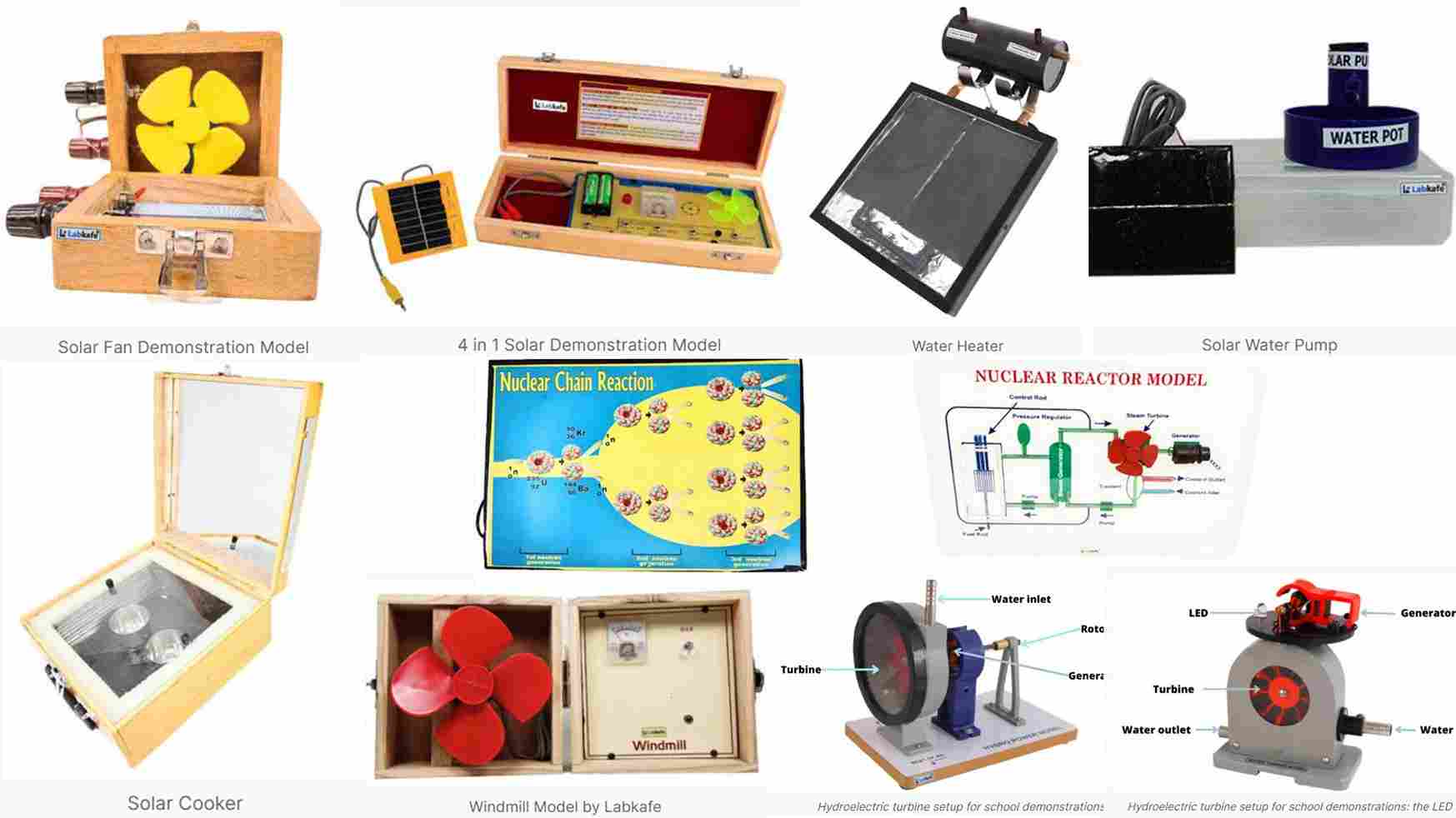
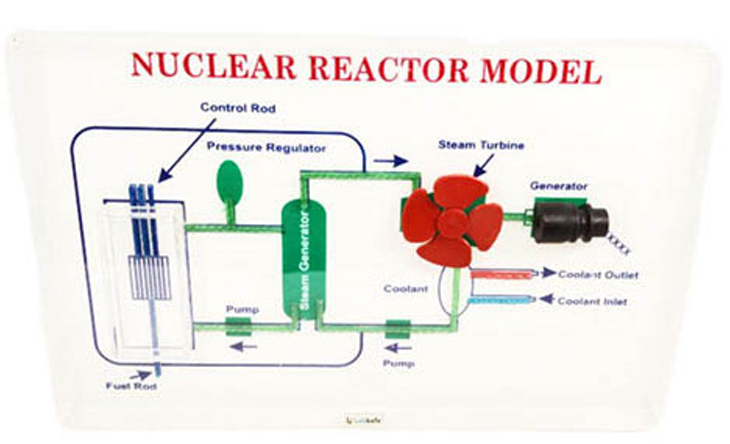
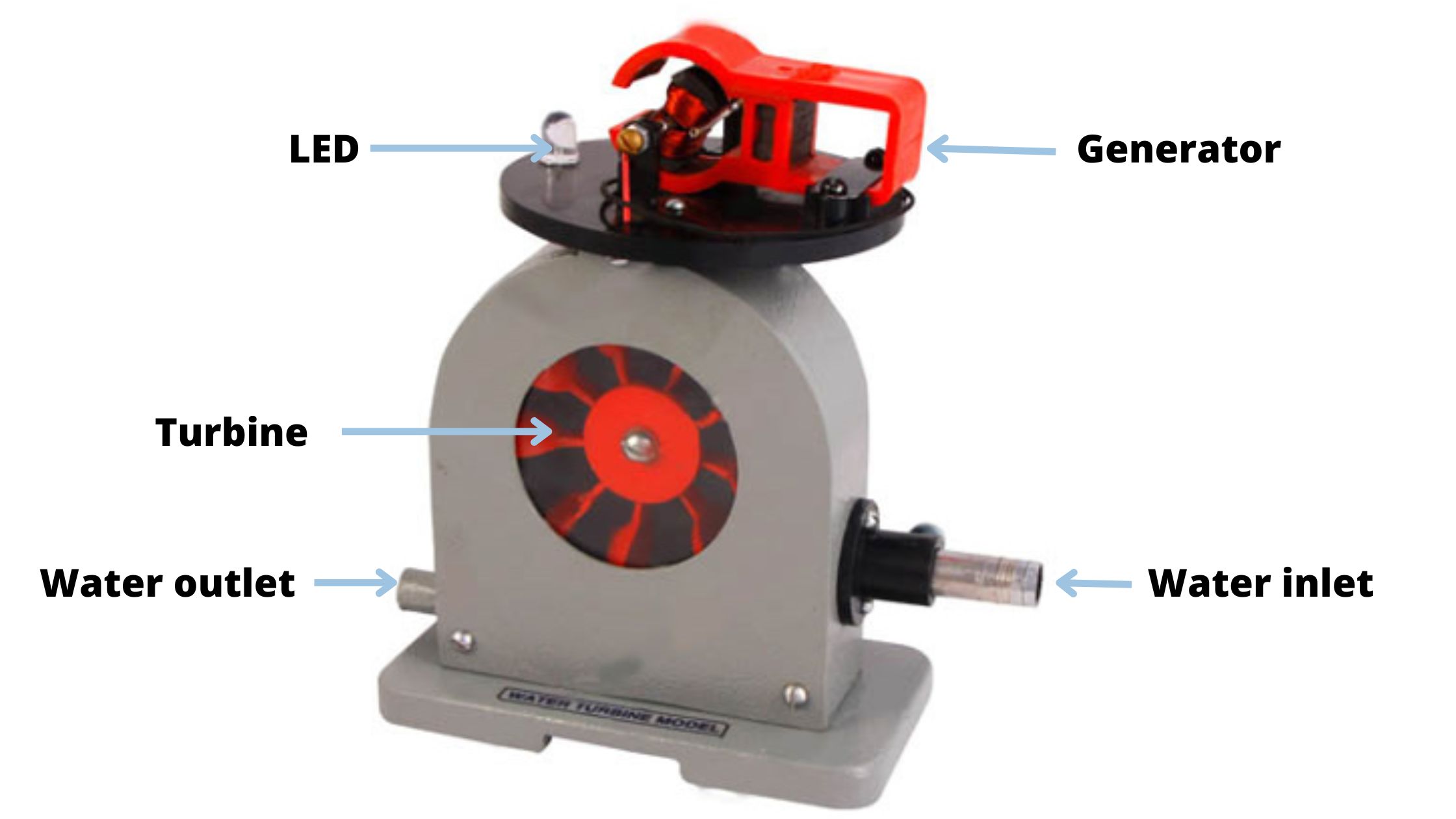
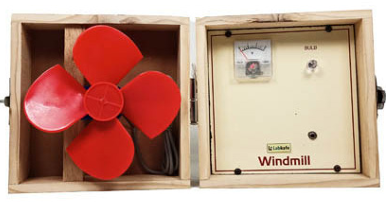

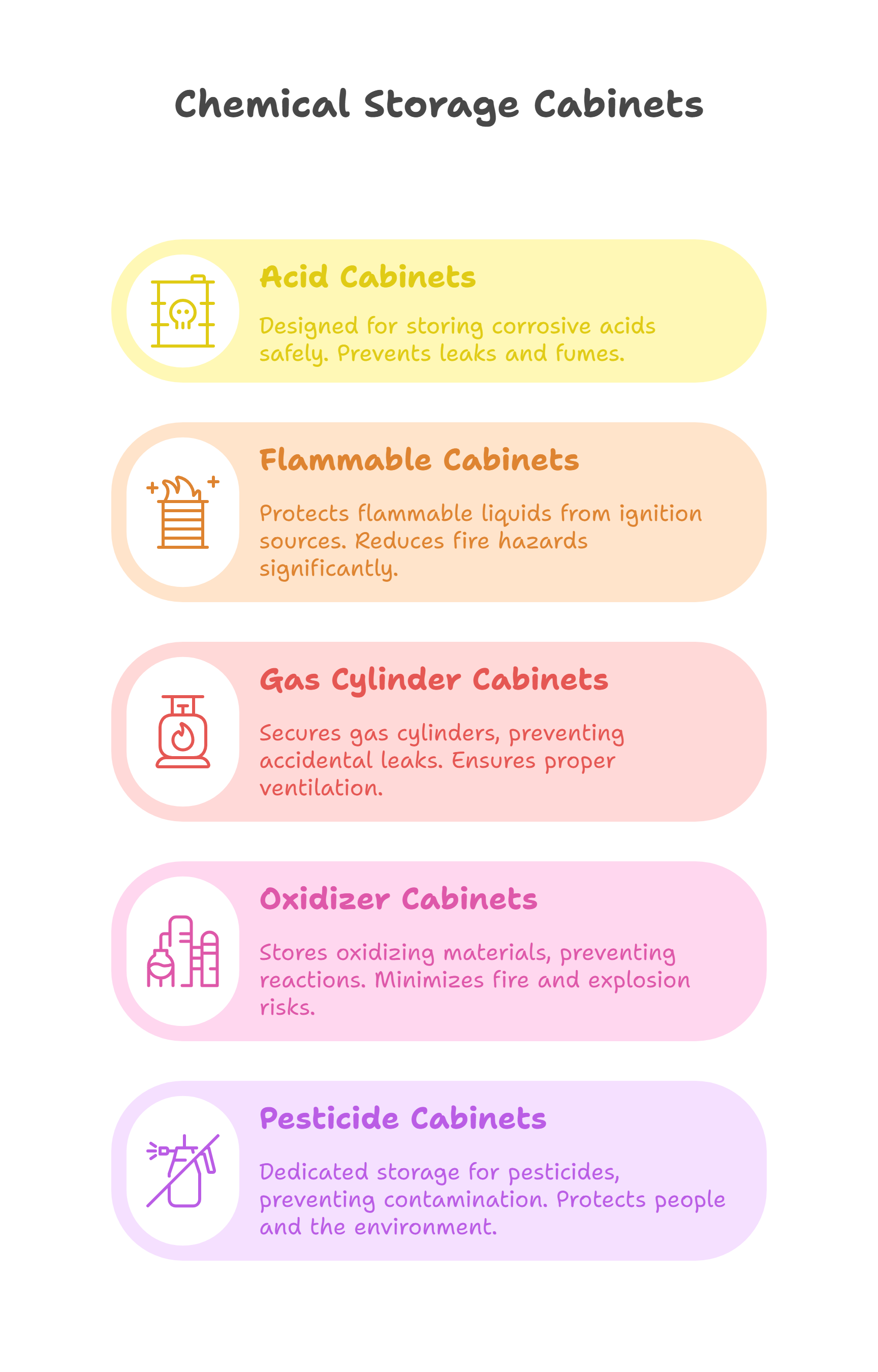
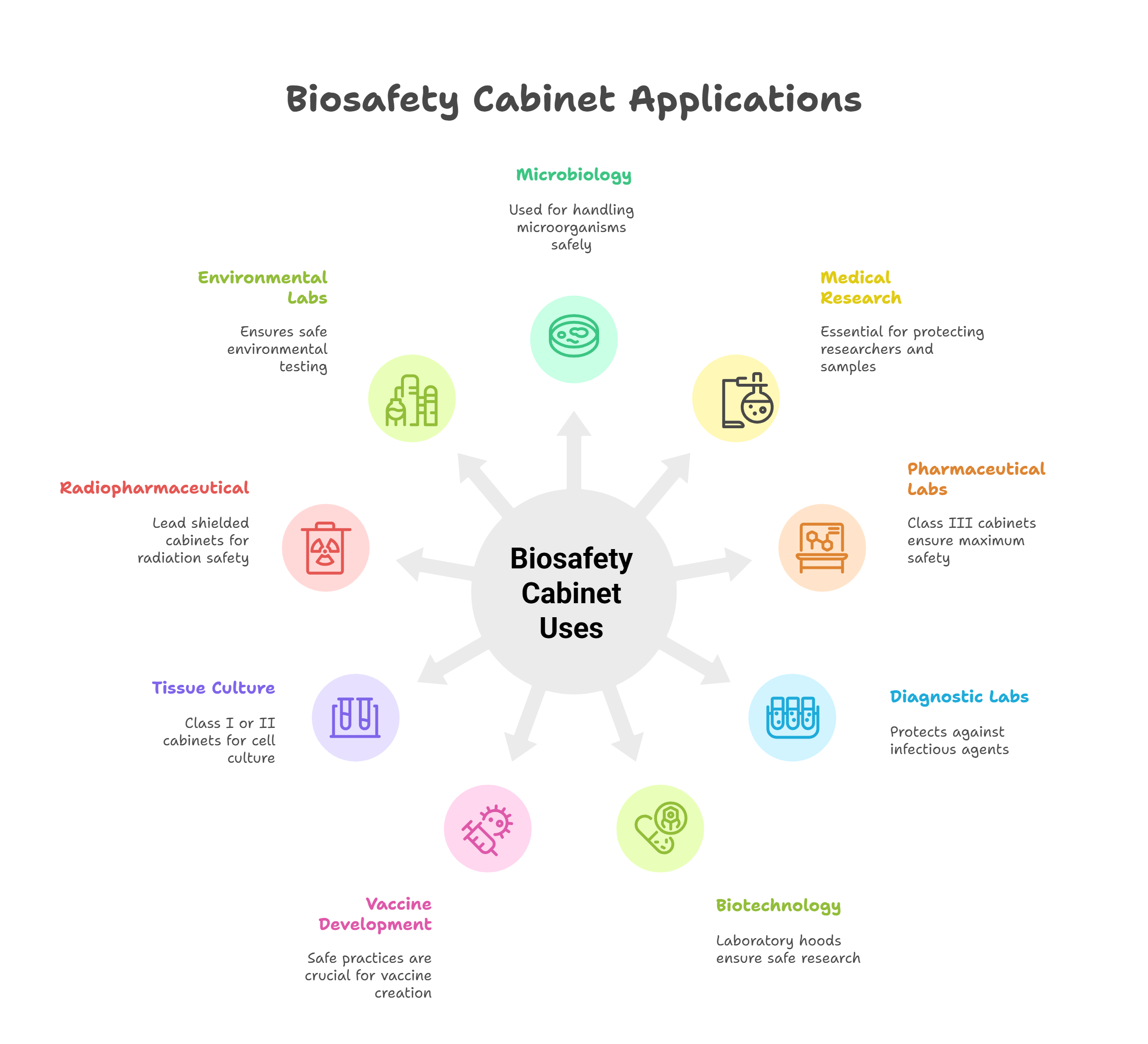
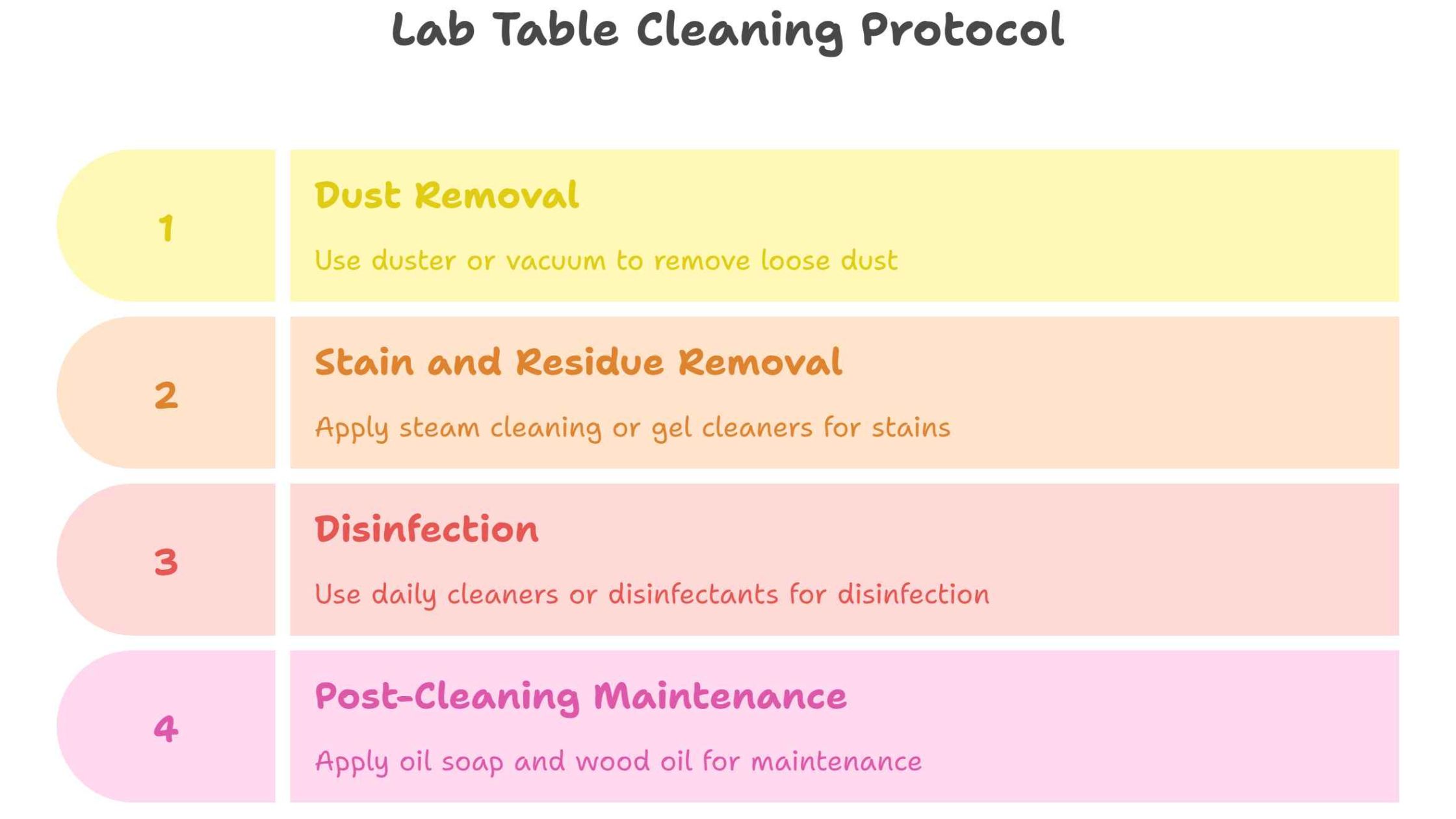
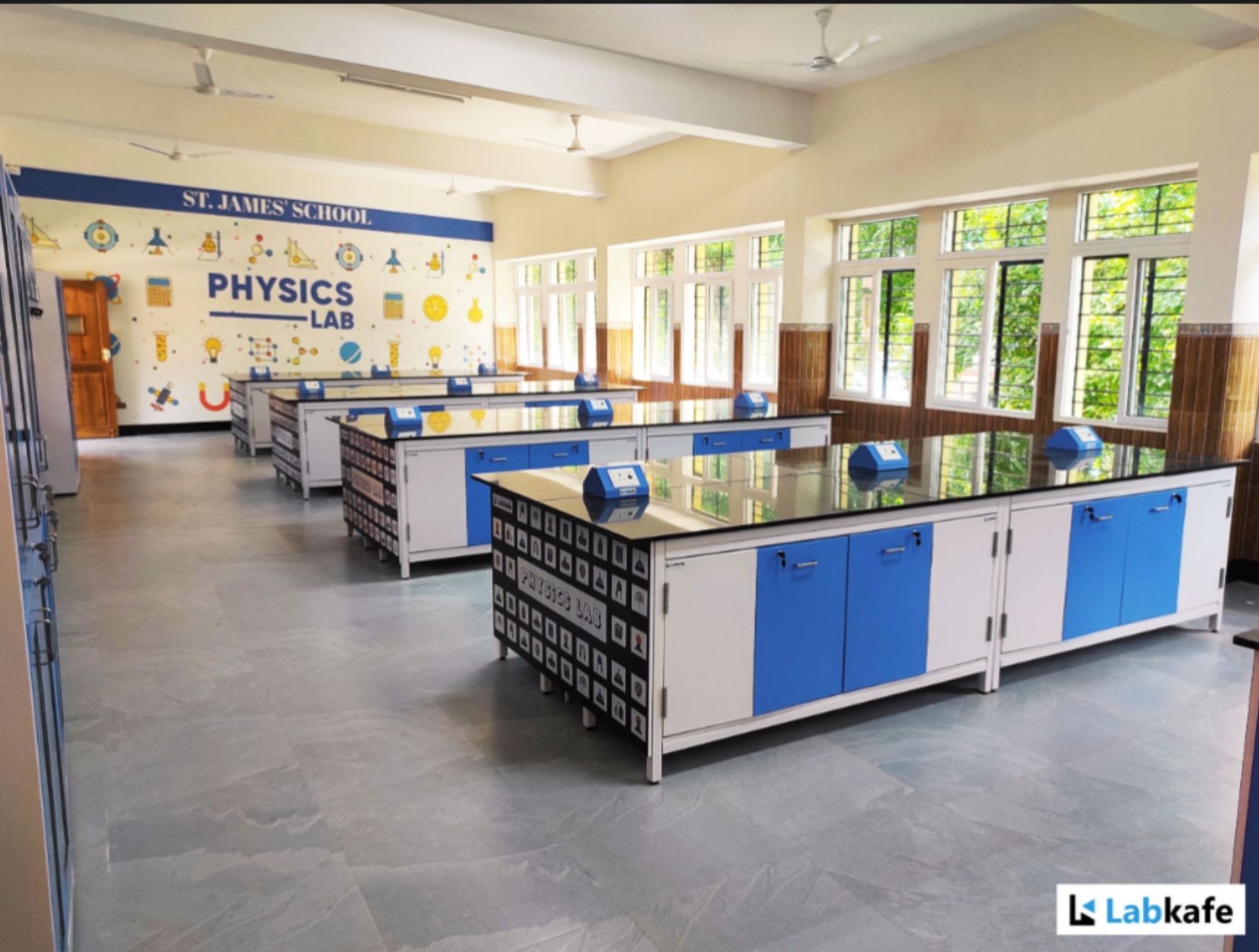
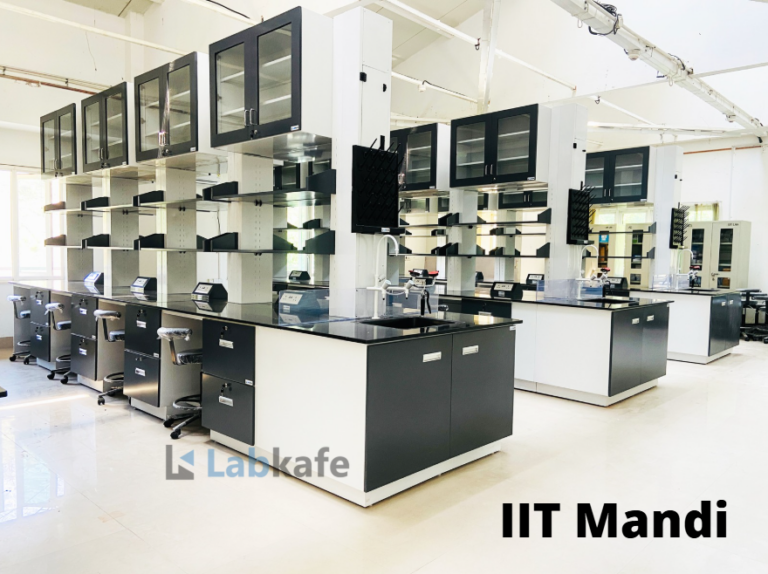
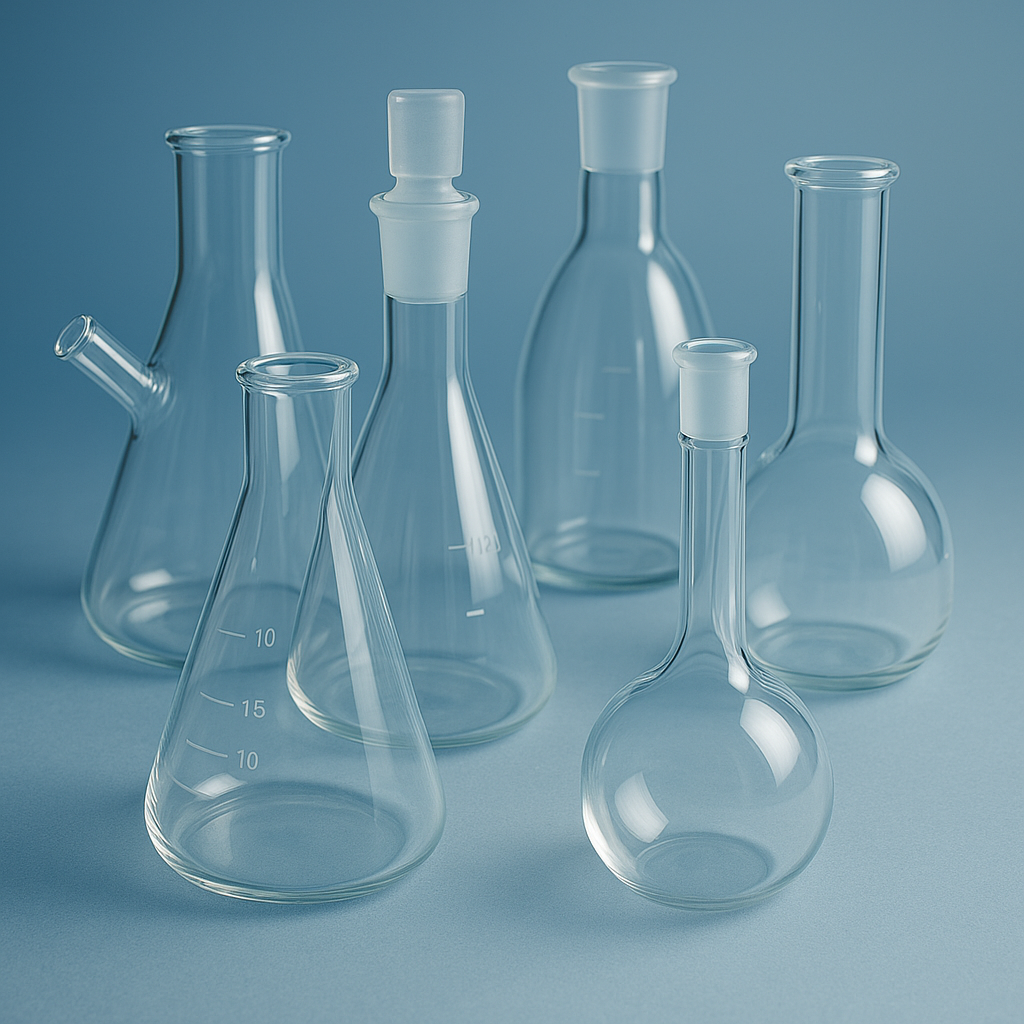
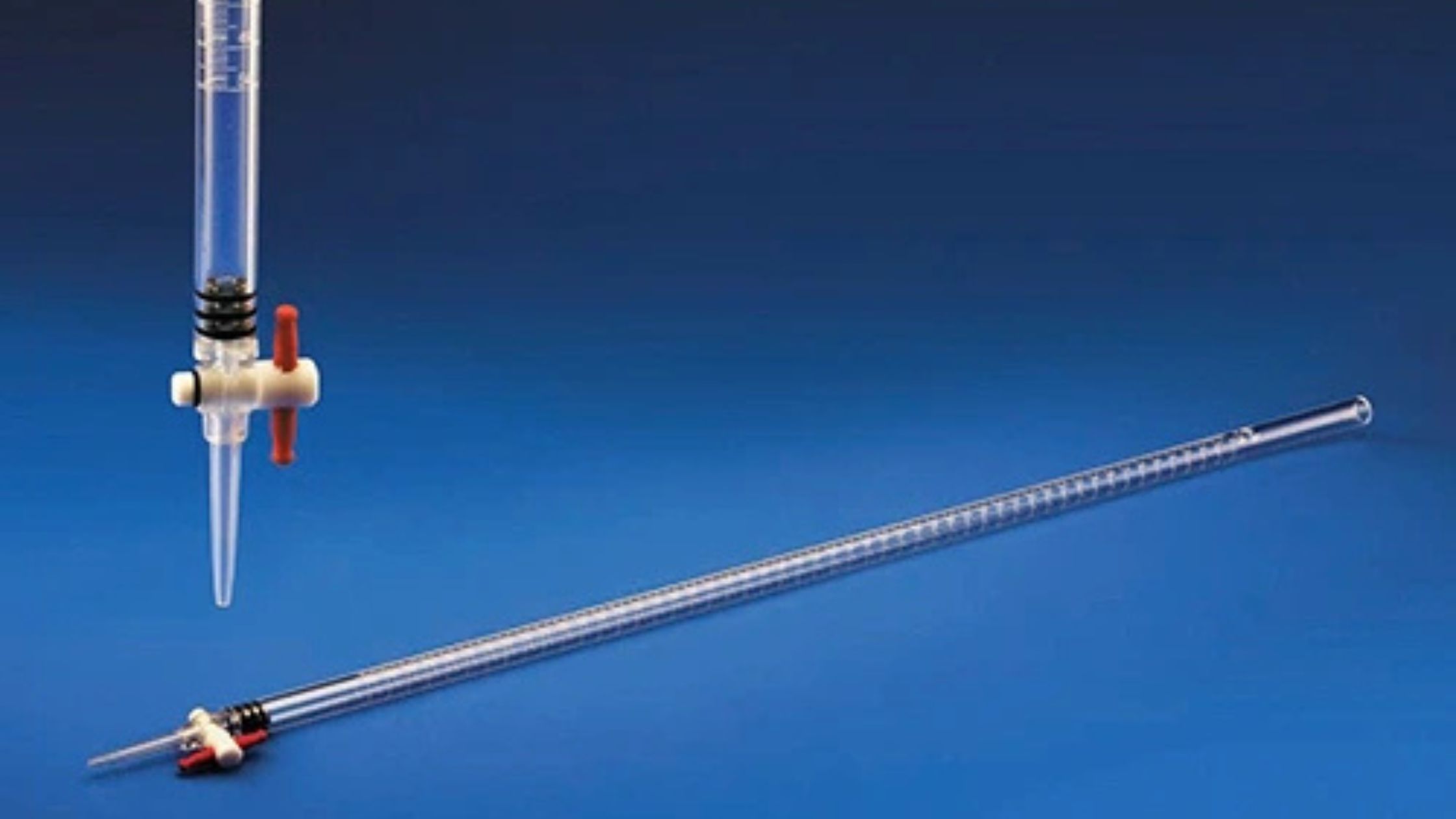
Leave a Reply